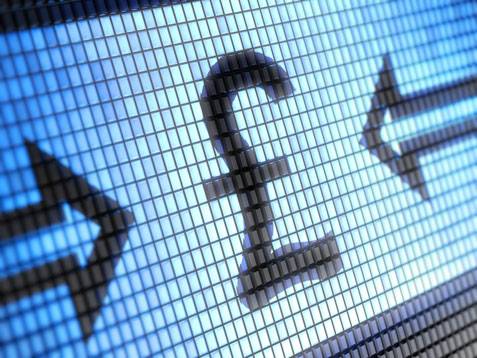The Australian dollar rose in the Asian market on Thursday against a basket of major currencies, extending gains for the third consecutive day against its US counterpart, recording its highest level in two weeks, following the release of strong labor market data in Australia for July.
The data showed further resilience in the Australian economy during the third quarter of this year, which led to reduced expectations for the Reserve Bank of Australia to cut interest rates at its September meeting.
Price Overview
•The Australian dollar rose against its US counterpart by about 0.4% to 0.6569 — its highest since July 28 — from today’s opening price of 0.6545, with a low of 0.6542.
•On Wednesday, the Australian dollar rose 0.25% against the US dollar, marking a second consecutive daily gain, amid the continued decline of the US currency against a basket of major peers.
Australian Labor Market
Figures from the Australian Bureau of Statistics released on Thursday showed the unemployment rate falling to 4.2% in July, from 4.3% in June — the highest since November 2021 — in line with market expectations for a reading of 4.2%.
The Australian economy added about 24,500 new jobs in July, slightly below market expectations of around 25,300 jobs, after adding about 1,000 jobs in June, revised down from 2,000.
The acceleration in the labor market is the latest indication of the resilience of the Australian economy during the third quarter of this year, reducing the need for the Reserve Bank of Australia to continue easing monetary policy and cutting interest rates.
Australian Interest Rates
•In line with expectations, the Reserve Bank of Australia cut interest rates this week by 25 basis points to a range of 3.60% — the lowest since April 2023.
•The RBA stated that further monetary easing may be necessary to achieve its inflation and employment objectives, given that the economy has lost some momentum.
•RBA Governor Michele Bullock indicated the possibility of at least another 50 basis points of easing if core inflation continues to slow from its current 2.7% toward the central bank’s target range of 2%–3%.
•Following the labor market data, market pricing for a 25 basis point RBA rate cut in September fell from 75% to 65%.


